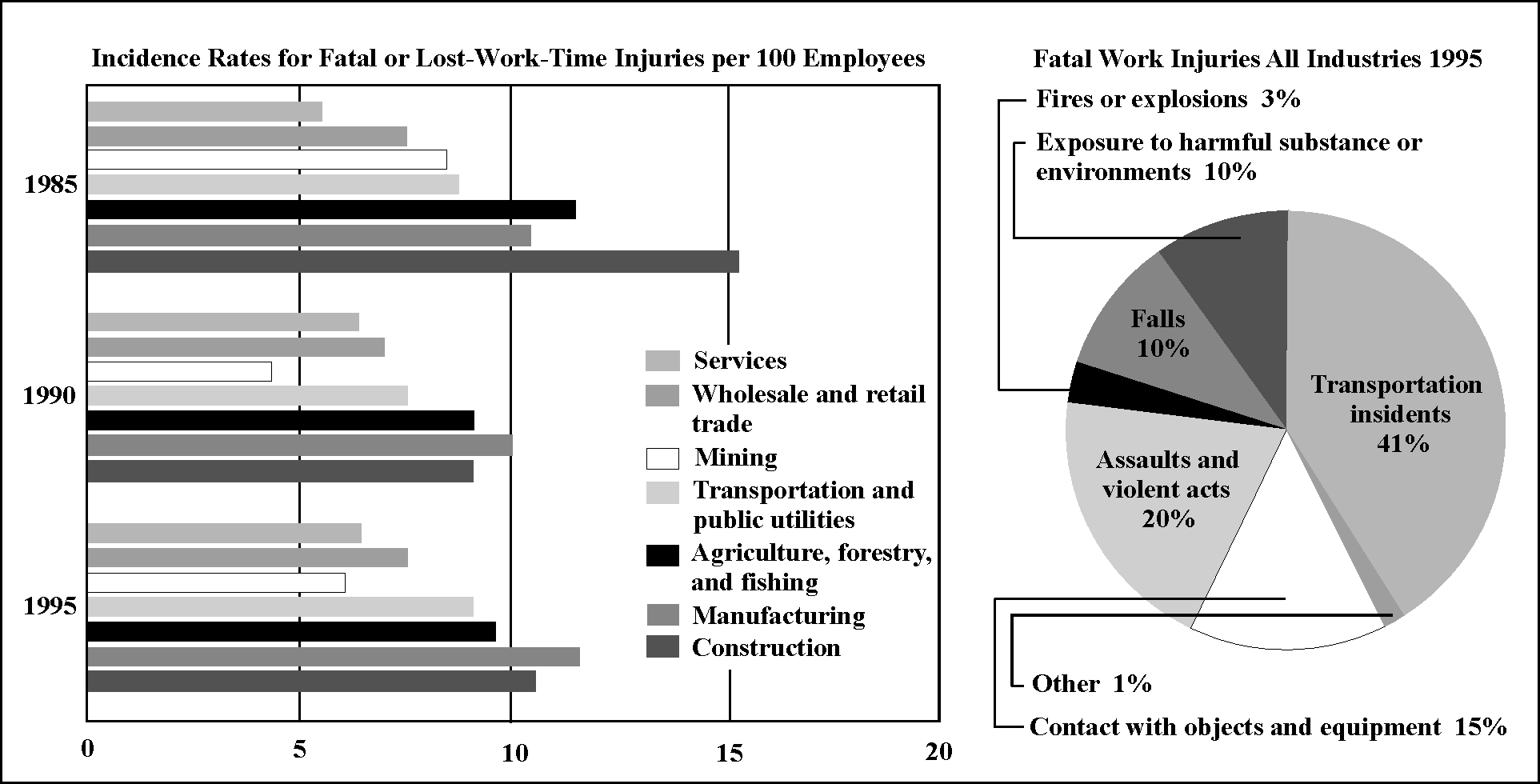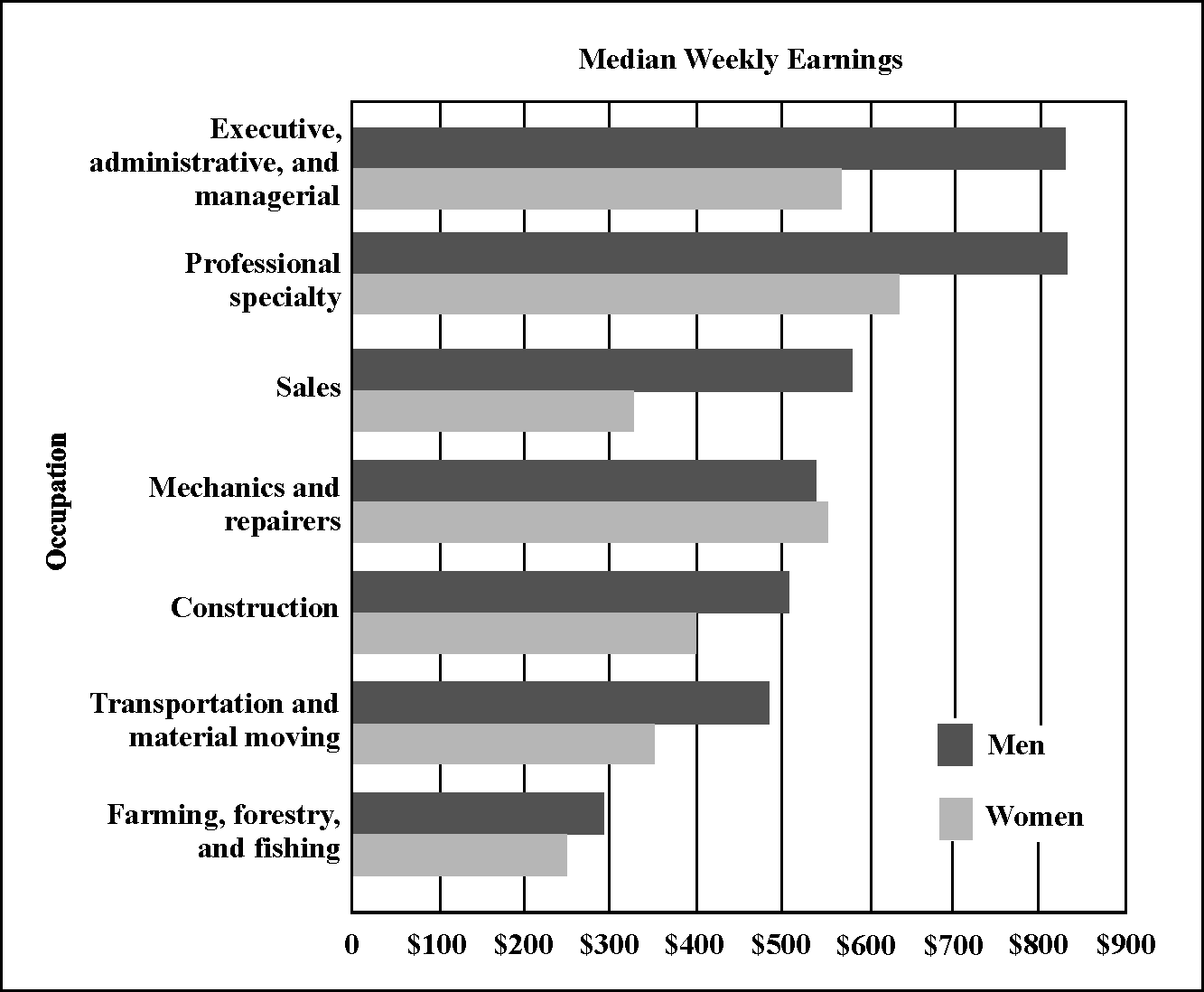
- •Изучаем основы бизнеса down to business
- •Часть 2
- •Введение
- •I. Text managing financial resources
- •Exhibit 1. 1. The Flow of a Company’s Funds
- •Exhibit 1. 2. Debt versus Equity
- •Vocabulary
- •Comprehension questions
- •II. Vocabulary practice exercises
- •III. Speech practice exercises
- •Vocabulary notes
- •IV. Brush up your grammar
- •Vocabulary
- •Vocabulary
- •Vocabulary
- •II. Vocabulary practice exercises
- •III speech practice exercises
- •Vocabulary notes
- •IV. Brush up your grammar
- •Vocabulary
- •Vocabulary
- •Vocabulary
- •II. Vocabulary practiceexercises
- •IV. Brush up your grammar
- •If – constructions.
- •Vocabulary
- •Vocabulary
- •Vocabulary
- •Vocabulary
- •II. Vocabulary exercises
- •III. Speech practice exercises
- •Vocabulary Notes
- •Vocabulary notes
- •IV. Brush up your grammar
- •I. Text
- •Vocabulary
- •Vocabulary
- •Vocabulary
- •Vocabulary
- •Vocabulary
- •Vocabulary
- •II vocabulary practice exercises
- •III. Speech practice exercises
- •IV. Brush up your grammar
- •Vocabulary notes
- •Vocabulary notes
- •Vocabulary notes
- •Vocabulary notes
- •International banking services
- •Vocabulary notes
- •Vocabulary notes
- •Vocabulary notes
- •Vocabulary notes
- •Vocabulary notes
- •Vocabulary notes
- •Vocabulary notes
- •Vocabulary notes
- •Vocabularly notes
- •Vocabulary notes
- •Vocabulary notes
- •Vocabulary notes
- •Vocabulary notes
- •Изучаем основы бизнеса
- •680021, Г. Хабаровск, ул. Серышева, 47.
Vocabulary
prompt – побуждать, толкать
consumer-affair department – отдел по делам потребителей
сustomer complaint – претензия потребителя
impose – налагать, вводить
safety standards – нормы безопасности; правила техники безопасности
product-liability suits – судебные иски со стороны потребителей по поводу
качества продукции
poor safety record – сведения об отсутствии надлежащей безопасности
warning label – ярлык с предостережением
entitle – (зд) давать право
toll-free – бесплатный, беспошлинный
feedback – обратная связь; информация от потребителя
privacy – тайна, право на уединённость
COMPREHENSION QUESTIONS
1. What is consumerism?
2. What president announced a “bill of rights” for consumers? What rights
does this bill include?
3. Discuss the right to safety. What factors motivate companies to meet safety standards?
4. Explain the right to be informed. Do you think labels are an important
element in informing customers and why?
5. Clarify what the right to choose means. What thorny questions are
consumer groups concerned about?
6. What are the advantages and the disadvantages of the right to be heard?
D. Business and Workers
Free-market economies have always stood for economic freedom and the individual rights to pursue opportunity.
Unfortunately, until the past few decades many people were targets of economic discrimination, relegated to low-paying, menial jobs and prevented from taking advantage of many opportunities solely on the basis of their race, gender, age, disability, or religion. The burden of discrimination has fallen on minorities, groups such as African Americans, Hispanics, Asian Americans, immigrants, people with disabilities, and elderly people. In a social and economic sense, women and homosexuals are also minorities.
The Civil Rights Act of 1964 established the Equal Employment Opportunity Commission (EEOC) – the regulatory agency that battles job discrimination. The Civil Rights Act of 1991 extended the original act by allowing workers to sue companies for discrimination and by granting women powerful legal tools against job bias. Since the 1970s, most businesses have taken an active role in setting up affirmative action programs developed to encourage organizations to recruit and promote members of minority groups. And in cases where companies have discriminated against minorities, federal courts have imposed rigid numerical hiring and promotion quotas for minorities. To combat this problem, about 75 percent of U.S. companies have established diversity initiatives. These initiatives often involve increasing minority employment and promotion, contracting with more minority vendors, including more minorities on boards of directors, and targeting a more diverse customer base. In addition, diversity initiatives use diversity training to promote understanding of the unique cultures, customs, and talents of all employees. Furthermore, recognizing that an organization’s values and behaviors are heavily influenced by top-level policies, many companies, including Texaco and IBM, now tie a portion of managers’ compensation to their performance in creating an open and inclusive work environment.
Most companies are concerned about ethical issues. Organizations and their managers realize the importance of maintaining good human relations. A climate of openness and trust encourages better performance and more loyalty from employees. Leadership, motivation, and communication are the major elements that contribute to good human relations. Nowadays corporate cultures are changing. When promotions are fewer and slower in coming, managers have to downplay the importance of job advancement as the main source of job satisfaction. Otherwise, turnover will become an even more crucial problem as employees change jobs in a continuing effort to climb to the top. One way organization culture is changing is by offering a career path that combines horizontal as well as vertical advancement. “Employees shouldn’t think just in terms of moving up all the time, but should consider lateral moves to improve skills and knowledge of the company,” says Frank Spaulding, vice president of Household International, a financial-services giant. Organizational cultures are becoming more open. For example, honest communication during restructuring keeps rumors from getting out of control, improves morale, and allows employees to concentrate on performance. The best way is to communicate openly with employees, showing empathy and concern and demonstrating integrity through actions and words. “People don’t think CEOs have feelings,” says management consultant Lynne Doll. “You have to put a human face on decisions like layoffs or you become a part of the corporate machinery.”
Exhibit 5.2. Injuries and Fatalities on the Job

Thousands of workers are injured on the job every day. What’s worse, each year approximately 6,500 work injuries are fatal. Obviously, some jobs are more dangerous than others. Even without government supervision, many companies are working to improve the health and safety of their employees, motivated both by genuine concern and by costly workers’ compensation claims. Many companies have hired specialists to design work areas that minimize physical strain on employees ranging from assembly workers to accountants.
Exhibit 5.3. Women's Earnings versus Men’s Earnings
Despite more than 30 years of fighting for equal opportunity, women still earn less than men in almost every field.

